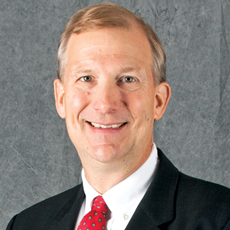
Shortly after her death in mid-April, the tributes to former First Lady Barbara Bush washed over the media landscape for a few news cycles. Then, unfortunately, they faded.
What a shame. The passing of the plainspoken 92-year-old who was adored by most of the nation, regardless of political party, was sad. And so was the compressed window for the extra round of good she was doing by going public with her decision to seek “comfort” (palliative) care.
It was just one day before her death when the Bush family announced that Barbara would no longer want aggressive medical care or further hospital treatment.
Among other things, it offered certain long-term care providers an opportunity to shine. Palliative and hospice care have a tough sales job. But it’s made much easier when a celebrity puts a face on it and lends credence to it.
That is just what Mrs. Bush did — for about 36 hours.
People like Elaine Healy will not forget. Nor does she want fellow caregivers nor the public to forget.
“Barbara Bush is shining a light on end of life care, alternatives, and decisions,” Healy said about eight hours before Bush died April 17.
Bush’s very public decision can be a catalyst for providers to talk about end-of-life issues with loved ones and to make their wishes known — long before the end actually arrives, Healy noted. As a geriatrician and the vice president of medical affairs at United Hebrew of New Rochelle, NY, she should know. She oversees United Hebrew’s Hospice and Palliative Care program and told me Bush offered a unique opportunity to put palliative care in a favorable light.
“She’s like a mother figure to us all, the ‘omni-mom,’” Healy noted. “We’re always interested in getting the word out and she certainly did that, putting it front and center.”
Providers themselves now need to be experts on palliative care issues. In doing so, they can hearten and assure the public. Treatment that is comfort-focused is still treatment. It’s a prime example of an individualized plan of care. Goals simply are different.
Bush’s actions figuratively had the role model once again standing up and speaking out in her dying hours. The least long-term care professionals can do now is become standard bearers, initiating the tough conversations that so often need to be had.
From the June 01, 2018 Issue of McKnight's Long-Term Care News




